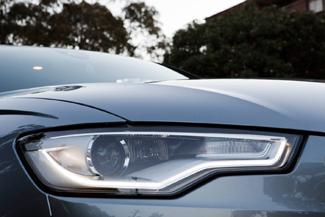It stands to reason that, within a set of components, some would have better and others worse than a sweet-spot price. “Sweet-spot” here means an appropriate, fair-market price level for the purchaser.
If you normalized the sweet-spot prices so that different components could be compared, you would expect a distribution showing variance around that value. Consequently, everyone has some components that are more expensive than ideal. Logical, yes, but more expensive isn’t equivalent to bad, and I mean bad.
How bad is bad?
To my thinking, someone paying more than twice the sweet-spot price is getting a bad deal. If you were paying $30,000 for a car advertised at $15,000 you would not tolerate it. With a car, most people would be upset with 5 percent or 10 percent too much.
With electronic components, is the number 100 percent, 50 percent, 25 percent, or some other value? To be clear, I am only talking price; I am not changing terms, manufacturer, service, or anything else in this discussion — just price.
Lytica calculates sweet-spot prices for our clients’ components by characterizing their spending and using this information to make statistical predictions of appropriate prices from price distributions of individual components. This characterization enables the sweet-spot price to be determined and, in most cases, achieved. The characterization essentially normalizes pricing within a commodity using a derived price competitiveness factor. Math aside, it lets us determine what companies should be paying (their fair market price) quickly and accurately.
Overpaying at a glance
To answer my question of “How bad is bad?” I have taken the results from our last 11Freebenchmarking.com customers and calculated how many of their components had bad prices. I used 25, 50, and 100 percent as the “badness” (too high) levels. At more than twice their sweet-spot price, the number of components with bad pricing is surprising.
Table 1: No bargain
| Condition | Average |
| Actual > 1.25 target | 62% |
| Actual > 1.5 target | 43% |
| Actual > 2 target | 23% |
| (Source: Lytica data) | |
The table at the left shows that, on average, 23 percent of components were overpriced by a factor of 2!
How is this possible?
Let’s face it; most of you do not know what your components should cost. Until recently, all you have had to go on is your historical and current pricing, supplier quotations, sales person assurance, and web searches of distributor prices. Most supply chains are serial, with price adders multiplying from manufacturer to distributor and contract manufacturer. Anywhere in this chain an “out of line” price factor could be introduced and you wouldn’t know.
What does this mean?
It means throw out the 80 to 20 percent rule that you have been using and go after some real savings. It would appear from the study results above that there isn’t an 80 to 20 percent rule; it’s more like a 60 to 20 percent rule because the cost of the unattended components has ballooned out of proportion.
The attention that you’ve given to high-priced components has yielded positive outcomes, and it’s time to focus some of your interest and resources on the others. Lytica’s tools —Component Cost Estimator (enabled by UBM) and Freebenchmarking.com — provide such results.
Your current ways of working are not getting you all of the savings you deserve, and you deserve better.
By Ken Bradley – Lytica Inc. Founder/Chairman/CTO

